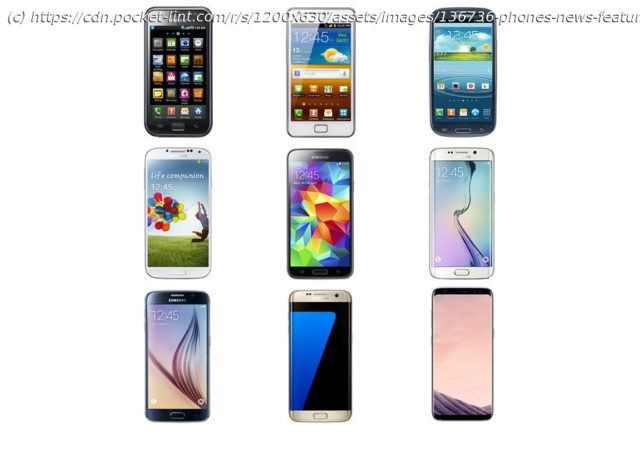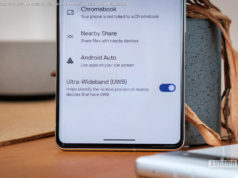We’ve put together a chronological round-up of all the major Samsung Galaxy S smartphones from the first to the most recent.
Why you can trust Pocket-lint (Pocket-lint) — Samsung continues to be one of the most popular phone manufacturers in the world and with good reason. The company’s Galaxy S flagship smartphones often pack the greatest tech, innovative designs and easy-to-use functionality that users love. The Samsung Galaxy S21, Galaxy S21+ and Galaxy S21 Ultra launched as Samsung’s 2021 flagship phones, replacing the S20 models from the previous year and their successors are due to be revealed officially on 9 February. While we wait though, come with us on a trip down memory lane and see how Samsung has changed its devices in our history of the Galaxy S. Samsung Galaxy S First released in June 2010, the Samsung Galaxy S ran on Android 2.1 and had an 800 x 480 Super AMOLED display. It also had a single-core 1GHz processor and 0.5GB of RAM. The rear camera was 5-megapixels, while the front was just 0.3-megapixels. The thing that really stood out about it was the customisation of Android. Although we’d seen some of TouchWiz on other devices, it felt like it worked on the Galaxy S. Samsung Galaxy S Samsung Galaxy S II Also known as the Samsung Galaxy S II, the refreshed phone was released in April 2011 and sported a similar 800 x 480 screen as its predecessor. The processor got a bump up to dual-core and 1.2GHz, and there was 0.75GB of RAM. The rear camera was 8-megapixels this time, with a 2-megapixel front-facing cam. Samsung embraced widgets with the Galaxy S II, something that rivals HTC was really pushing. Samsung Galaxy S II Samsung Galaxy S III Again sticking with the Roman numerals, so therefore technically known as the Samsung Galaxy S III, this model came out in May 2012 and was the first in the series to have a HD screen. Its resolution of 1280 x 720 was pretty revolutionary at the time. It also sported Android 4.0 Ice Cream Sandwich. There was a 1.4GHz quad-core processor with 1GB of RAM on launch, although Samsung stuck with an 8-megapixel rear camera. It was slightly more sculpted than the previous phone and it felt like Samsung wanted to push the design a little harder. Samsung Galaxy S III review Samsung Galaxy S4 Released in April 2013 and ditching the Roman numerals that nobody used when referring to Galaxy phones anyway, the S4 had a 5-inch Full HD display. It also upped the processing power to a 1.9GHz quad-core chip, with 2GB of RAM. The rear camera had a jump too, up to 13-megapixels. The design sense that we’d had from the S3 really came through here: the Galaxy S4 was a great phone, it just looked and felt right. Samsung Galaxy S4 Samsung Galaxy S5 Coming in April 2014, the S5 also had a Full HD screen but it was slightly bigger, measuring 5.1-inches (an LTE-A model eventually upped that to 2560 x 1440). There was a 2.5GHz quad-core processor on board, with 2GB of RAM. And the rear camera was once again improved, to a 16-megapixel module. But the most interesting thing about the Galaxy S5 was around the rear, with a texture like a sticking plaster. Samsung was still using removable plastic backs at this time. Samsung Galaxy S5 review Samsung Galaxy S6 April 2015’s Galaxy S line was the first to offer two separate devices at the same time. The more standard Galaxy S6 featured a flat 2560 x 1440 Quad HD Super AMOLED display, measuring 5.1-inches, while Samsung moved to embrace the curved edges, resulting in the Galaxy S6 Edge and S6 Edge Plus. It was a defining moment for the Galaxy S series, something that continues there after. It ran on a Samsung-made octa-core processor, had 3GB of RAM and a 16-megapixel rear camera capable of recording Ultra HD footage.
Домой
United States
USA — IT From Galaxy S to Galaxy S21, here's a timeline of Samsung's flagship...






